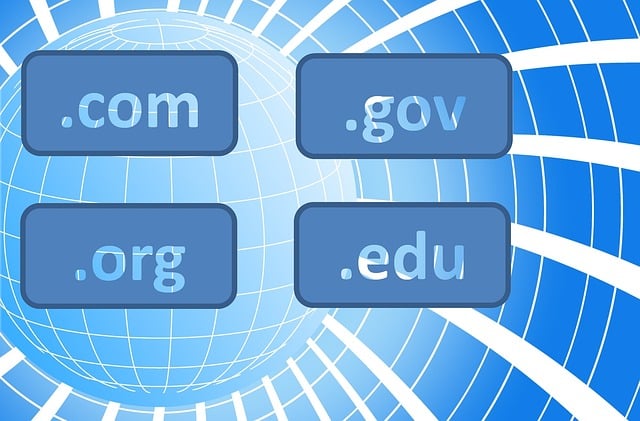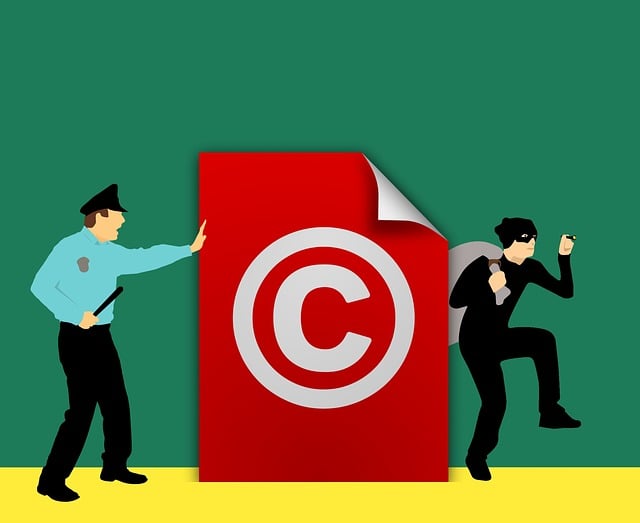Creating a website is an exciting endeavor, and one of the most important decisions we need to make is selecting a web address. However, this decision goes beyond just picking a domain name; it involves choosing the right domain extension, also known as the top-level domain (TLD). We will unravel the complex world of TLDs, providing the clear understanding of the various options available and helping to make an informed decision for a website.
What Exactly is a TLD?
Before delving into the details of TLDs, let’s start with the basics. A top-level domain (TLD) is the last part of a web address, such as “.com,” “.org,” or “.net.” Think of it as the suffix that defines the purpose or nature of website. While “.com,” “.org,” and “.net” are familiar, there is a diverse array of TLDs, each carrying its own significance.
Choosing the right TLD isn’t just a technical choice; it’s a strategic decision that can influence how website is perceived. Let’s explore the different facets of TLDs to find the one that aligns best with website’s goals.
Global recognized TLDs: .com, .org, .net
.com
Considered the quintessential TLD, “.com” is universally recognized and versatile. Whether website is a blog, an online store, or a personal project, “.com” is like the friendly face that appeals to everyone. It’s a classic choice that provides a sense of familiarity and is suitable for a wide range of purposes.
.org
Originally designed for non-profit organizations, “.org” has evolved into a symbol of trustworthiness. If your website is associated with a cause, a passion project, or anything beyond mere business, opting for “.org” conveys a commitment to a higher purpose and adds a layer of credibility.
.net
Initially intended for network-related websites, “.net” has expanded its scope and become synonymous with connectivity and technology. If website revolves around connections, technology, or community, “.net” is a cool and inclusive choice that suggests a focus on networking.
Other options for TLDs with relevant examples:
| TLD | Usage | Example |
|---|---|---|
| .com | Commercial or business websites | www.example.com |
| .org | Organizations, often non-profit | www.wikipedia.org |
| .net | Originally for networks, now general use | www.technews.net |
| .edu | Educational institutions | www.harvard.edu |
| .gov | Government websites | www.whitehouse.gov |
| .mil | U.S. military websites | www.army.mil |
| .co | Originally for Colombian websites, now used globally | www.techstartup.co |
| .io | British Indian Ocean Territory, popular for tech and startups | www.appname.io |
| .me | Montenegro, often used for personal websites | www.johndoe.me |
| .info | Intended for informational websites | www.travelinfo.info |
Getting Local: Using Country Codes (.us, .uk)
Country Code TLDs (ccTLDs)
Imagine we have business to cater the customer in USA only, we want to give local touch to our website. The country code is perfect choice using TLDs are location tags. Examples include “.us” for the United States, “.uk” for the United Kingdom, “.nl” for Netherlands and “.ca” for Canada. If website goal is to connect with a specific geographic audience, using a ccTLD can help establish a localized presence.

Special TLDs for Special Things
.law, .doctor, .finance
Some TLDs are tailored for specific professions or industries. For instance, “.law” is designed for legal matters, “.doctor” suits healthcare professionals, and “.finance” is ideal for financial topics. Choosing a specialized TLD instantly communicates the website’s focus and provides clarity from the outset.
.design, .studio, .art
For those immersed in creative fields, TLDs like “.design,” “.studio,” and “.art” offer a unique way to showcase artistic endeavors. Whether you’re a graphic designer, photographer, or artist, these TLDs not only convey creative focus but also enhance the memorability of domain.
.event
The “.event” top-level domain (TLD) is ideal for those looking to create a web presence for their events. Whether it’s a conference, concert or any festivals gathering, this TLD offers a specific and memorable web address. It signals to visitors that they’ve reached the dedicated site for your event, making it easier to promote, share information, and create an online hub for attendee.
.travel
The “.travel” top-level domain (TLD) is tailored for the travel industry, making it a perfect choice for businesses, organizations, and individuals involved in travel-related services. It provides a distinct and recognizable online identity, conveying a focus on travel-related content, services, and information. Whether you’re a travel agency, blogger, or tourism board, a “.travel” domain signals your commitment to the travel sector
Looking to the Future: New TLDs (.app, .guru, .tech)
The Cool New Kids – ngTLDs
As the internet evolves, so do TLDs, giving rise to the new generation TLDs or ngTLDs. Examples include “.app,” “.guru,” and “.tech.” These TLDs are like the trendy newcomers, providing a fresh and modern vibe. If website aligns with the latest trends and innovations, exploring ngTLDs can add a contemporary touch.
Making the Choice: Keep It Simple or Go Wild?
Choosing a web address is akin to selecting a name for a pet – it needs to suit them and be easy to remember. If your website is meant for a broad audience, “.com” serves as the go-to choice. If you’re championing a cause, “.org” is a reliable companion. For tech enthusiasts and community builders, “.net” is the reliable friend to call.
For those looking to highlight their geographic presence, country code TLDs like “.us” or “.uk” are practical options. If you’re a specialist in a particular field, specialized TLDs such as “.law,” “.doctor,” or “.finance” can add a professional touch.
In conclusion, selecting the right top-level domain (TLD) is a pivotal decision that significantly impacts your website’s identity and purpose. Whether opting for the universal familiarity of “.com,” the trustworthiness of “.org,” or the specificity of newer extensions like “.travel“, “.app” or “.guru,” your TLD choice shapes how users perceive and interact with your online presence. Consider the nature of your content, target audience, and industry trends when making this decision. By thoughtfully choosing a TLD that aligns with your brand, you not only establish a distinctive online identity but also position your website for success in the dynamic landscape of the internet.

